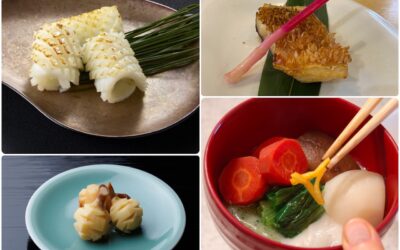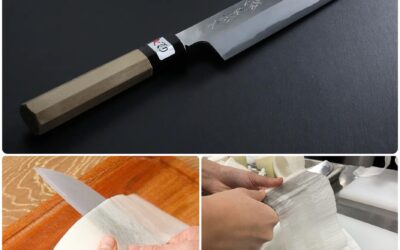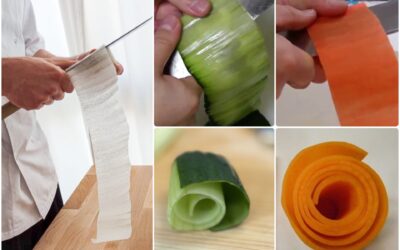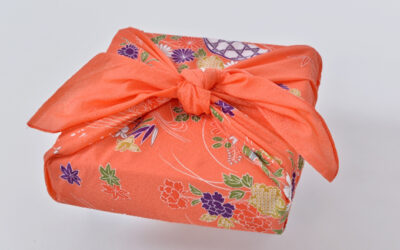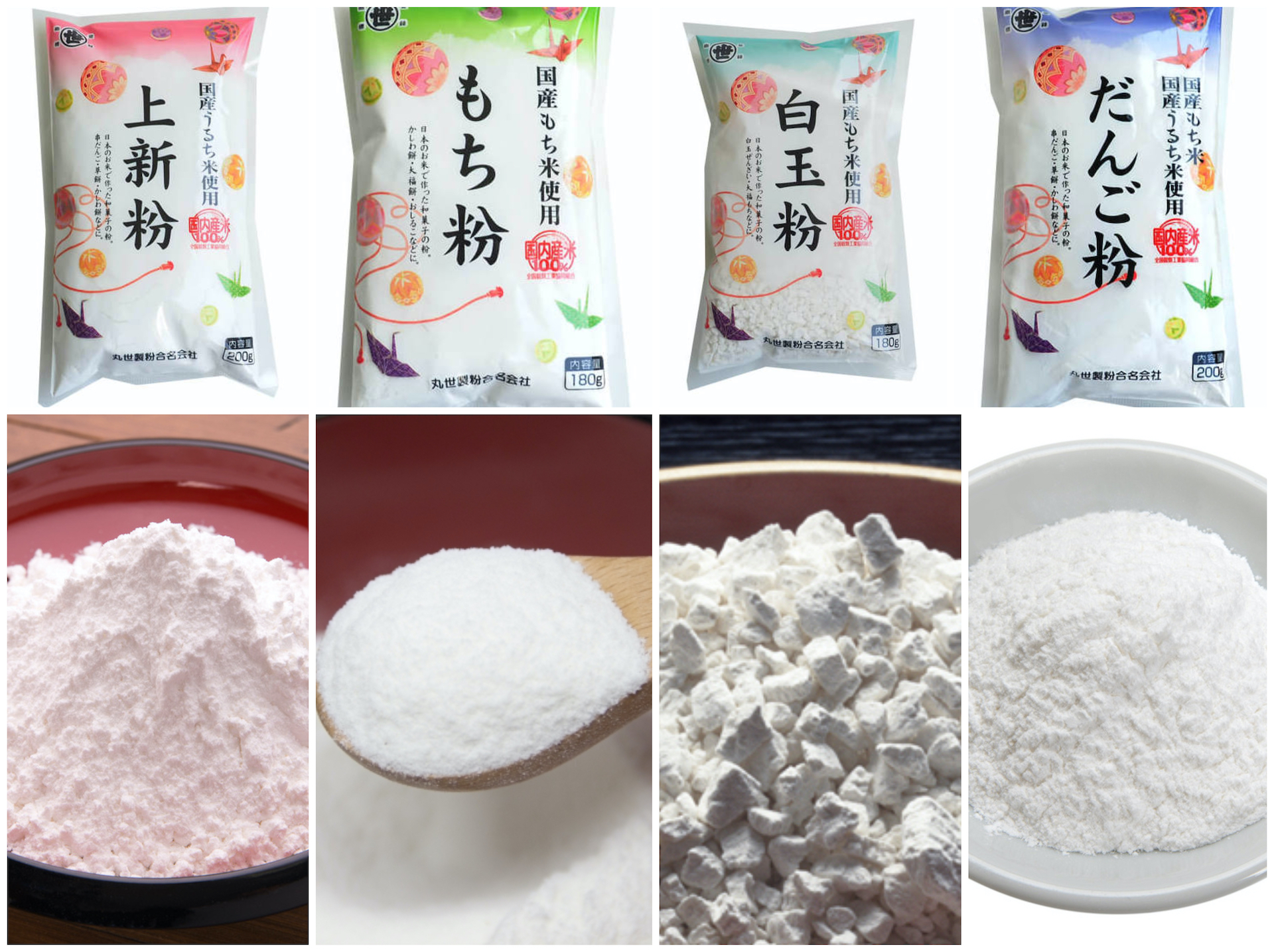
米の粉
PROJECT: Komé no Kona
Rice Flour
In Japanese cookery there are four types of rice flour that are commonlyused. One is made from uruchi mai or “table rice,” several are made from mochi-gomé or “sticky rice” and one is made from a combination of them. The different rice grains are processed by slightly different methods, producing flours of varying texture and viscosity. This viscosity is what the Japanese call NEBARI or “stickiness.”
With wheat flour the degree of stickiness, elasticity or chewiness usually depends on the amount of gluten in the flour and there are high-gluten flours (“hard wheat”) best suited to making bread and noodles… and there are low-gluten flours (“soft wheat”) more suitable for cakes and many cookies.
When it comes to RICE FLOUR, ALL KINDS are GLUTEN-FREE.
Different rice flours can be characterized as high nebari (very sticky, chewy), moderate nebari (less sticky), and low nebari (barely sticky). Depending on the texture and amount of binding action you want in the final product, choose the most suitable rice flour.
This Kitchen PROJECT is about understanding the different kinds of rice flours and how to use them. I’ve created a GUIDE to RICE FLOURS that can be downloaded for your reference.
Then head to the Kitchen Culture page to find out about tsukimi moon-viewing dumplings and how to make them. The classic version calls for using DANGO KO with moderate nebari (my choice when topping them with black sesame sauce or crushed édamamé zunda sauce).
If you prefer very chewy dumplings (my choice when I am topping them with powdery kinako and/or cinnamon) make them using MOCHI KO or SHIRATAMA KO.
If you like a softer more marshmallow-like texture, you’ll find JŌSHIN KO will be best.
To really understand the difference between and among the rice flours, try making the tsukimi dango dumplings with each of the four rice flours and compare.
My September 2022 newsletter is all about TSUKIMI DANGO.

